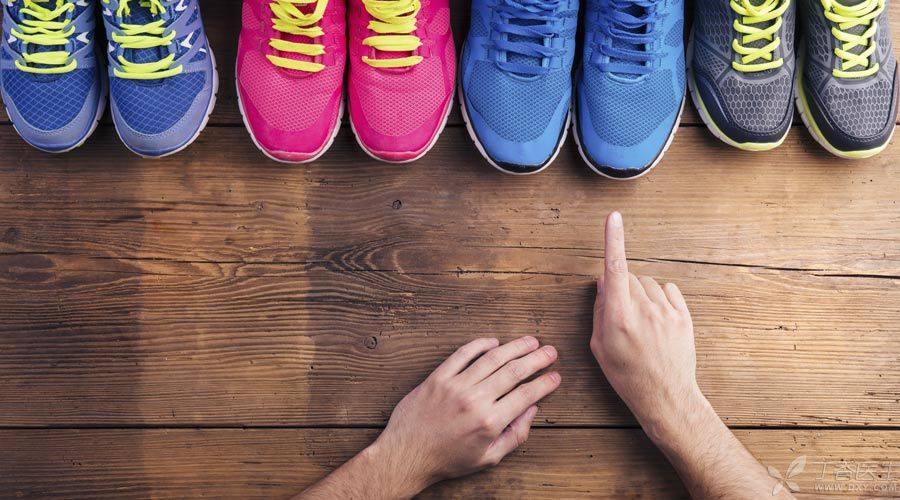
For different sports, you should wear corresponding sports shoes.
Many friends will casually wear a pair of comprehensive training shoes, basketball shoes, even canvas shoes, casual shoes… to run, in fact, it is a little dangerous. Choosing shoes that fit your feet, although it cannot guarantee to improve your athletic ability, can certainly reduce the occurrence of sports injuries.
Running friends, do you know how to choose a pair of running shoes that fit?
Maybe you should change your running shoes
Generally speaking, when running shoes are worn for 240 kilometers, the midsole of the shoes will wear out and the performance will decrease. Wearing 500 ~ 800 kilometers, outsole wear will exceed 40%.
Suppose you run 10 kilometers a day, 3 days a week and 120 kilometers a month, then you should consider changing your running shoes every six months or so.
If you wait until the outsole rubber is worn out and still wear it for running, it is not conducive to stabilizing your gait and will increase the chance of injury. Compared with the long recovery after injury, a new pair of running shoes is worth more.
Step 1: Look at the foot type and pick the shoe type.
The most important first step in choosing jogging shoes is to have a judgment on one’s own foot type (also called foot type) before determining the appropriate shoe type. Different foot types also correspond to different gaits (walking postures).
1. Normal foot type-neutral gait
Normal people, when walking or running, touch the ground on the outside of the back sole first and then turn to the middle of the front palm to exert force naturally. This is a normal inward rotation of the sole, which can also be called neutral gait.
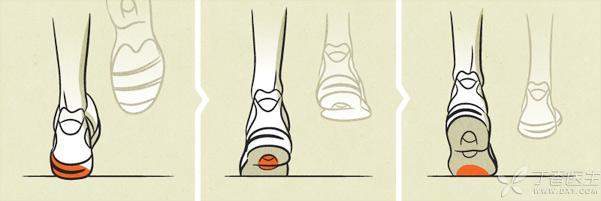
2. Valgus foot type-inversion gait
For people with valgus feet, the lateral side of the posterior palm also touches the ground first, but the inversion of the sole is insufficient and the lateral side of the anterior palm exerts force, so more [cushioning] and [shock absorption] performance are needed.
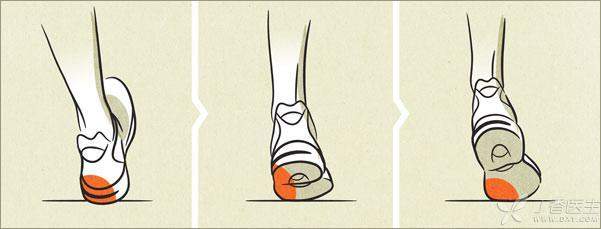
3. Varus foot type-internal rotation hypergait
For people with varus feet, the middle and outer sides of the back palm touch the ground first, and the sole of the foot rotates excessively, resulting in the inner side of the front palm exerting force to pedal. Therefore, it is even more necessary for running shoes to provide certain [support] and [stability] on the inner side.
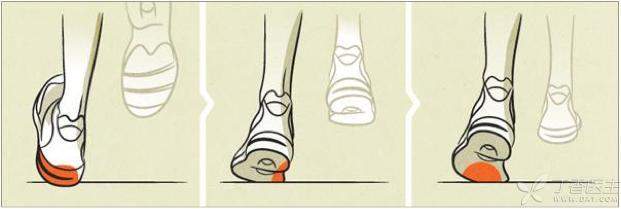
Why is there such a difference? It is mainly caused by the different rotation of knee joint and ankle joint.
Left, middle and right are ankle valgus, normal foot and ankle varus in turn.
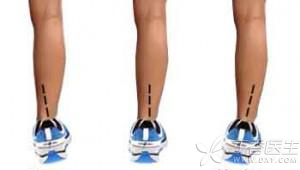
Left, middle and right are: normal state, knee varus O-leg, knee valgus X-leg
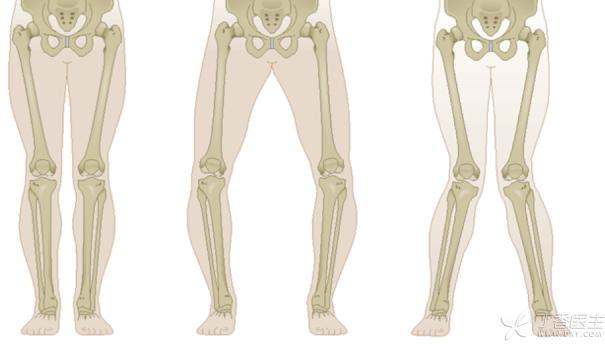
How do you judge your foot shape and gait?
If it is severe knee eversion or ankle eversion, it can be seen at a glance, and this kind of situation is not as simple as choosing a pair of suitable running shoes. You should go to the orthopaedic department or rehabilitation department of the hospital for long-term correction.
大多数人问题并不严重, 可以简单通过[Sole observation method[Judgment: Take a pair of flat shoes that you often wear, turn them over and observe the sole, and pay attention to the wear degree of the front palm of the sole.
Note: There is no need to pay attention to the wear of the rear heel. Basically, everyone has serious wear on the outside of the rear heel of shoes.
- If the inner side is seriously worn, it is basically varus foot (3 above), and the support/stabilization series shoe type is selected; If the front palm is worn evenly, then it is normal foot (1 above), and all types of shoes are basically suitable for wearing. If the lateral wear is serious, then the basic explanation is valgus foot (2 above), and the cushion/shock absorber/neutral series shoe type is selected.
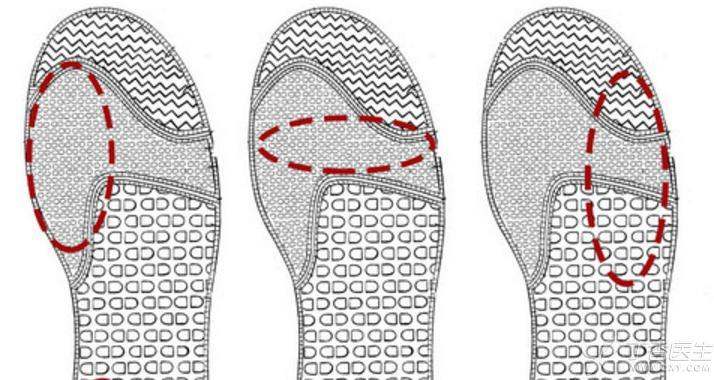
Step 2: Try on the running shoes that fit your feet.
Running shoes are generally lighter in overall weight, have better shock absorbing and buffering effect, and have different shoe types to choose from according to different foot types, so they are suitable for jogging training in gymnasiums or outdoor flat roads.
A pair of running shoes that fit should be:
- There is no obvious tightness on the shoelace. The forefoot should not squeeze the toes. The back heel is fully wrapped; Shoe size: that is, shoe size, which can be appropriately more than half a size; Shoe sizes are divided into international standard shoe sizes (millimeters of foot length), European sizes, American sizes, English sizes, Can refer to the comparison table conversion. Shoe last: that is, the width of the shoe is appropriate, so that the small toes are not squeezed when actually trying on, and the toes have more ample space for activities. Shoe last for common running shoes will have different sizes such as B, D, 2E and 4E, which will be marked. B, suitable for women with general foot shapes; D, suitable for women with wider sole and higher instep, or men with general foot type; 2E, suitable for men with wider sole and higher instep; 4E, more relaxed than 2E.
Comparison of Different Purchase Channels
There are three common channels to buy running shoes:
1. Off-line physical stores
Advantages: You can choose the most suitable shoe size and shoe last width, and you can also accurately understand your foot shape by measuring with offline instruments.
Disadvantages: Prices are generally not preferential, and not every city in the country has its own brand stores.
2. Online Official Flagship Store
Advantages: The general price will be more favorable than that of physical stores,
Disadvantages: However, it cannot be tested on site and is not suitable for buying running shoes for the first time. Reference should be made to the purchase feedback of other customers.
Suggestion: It is best to try it in a physical store before buying it online.
3. Amoy
Advantages: The general price will be 30% ~ 40% cheaper than that in China, and sometimes the discount will be more than 60% cheaper.
Disadvantages: Long delivery cycle, if you buy it wrong, the return process is complicated. Can’t try it on, not suitable for the first time to buy running shoes.
